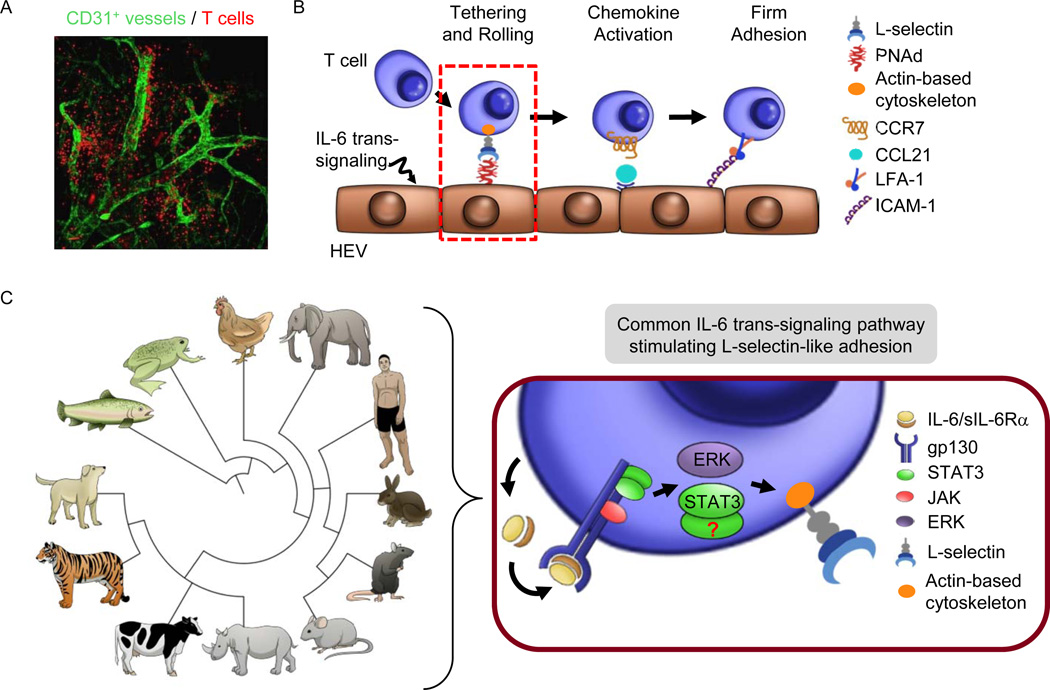Figure 3. IL-6 trans-signaling acts on lymphocytes through an evolutionarily conserved mechanism to improve trafficking across high endothelial venules.
(A) Confocal whole-mount photomicrograph depicting highly efficient homing of naïve and central memory T cells (red) within lymph nodes in short-term homing assays performed as described [56,59,62]. Specialized vascular gateways known as high endothelial venules (HEV) constitute the majority of CD31+ (green) vessels shown in the photomicrograph. (B) IL-6 trans-signaling activated through H-IL-6 or thermal stress acts on lymphocytes to augment interactions between L-selectin and the actin-based cytoskeleton (yellow), which improves initial tethering and rolling interactions in HEV. (C) Left, IL-6 trans-signaling activates L-selectin-like adhesion under febrile conditions in lymphocytes of vertebrate species separated by >400 million years of evolution. The relationship between 4 major branches of vertebrate evolution (teleost, amphibian, birds, mammalian) are depicted based on NCBI taxonomy [86]. Right, IL-6 and sIL-6α produced by leukocytes can act through ERK1/2 signaling to activate increased L-selectin binding activity. It remains an open question if STAT3 plays a role in this process.

